Honda CB350RS Too Little, Too Late?
- By Aditya Gowda
- April 11, 2021

 The first CB- CB92 Super Sport, debuted in 1959; since then, the two-cylinder, 125cc classic has taken on various iterations over decades while amassing a throng of hardcore riders who still swear by the CB brand.
The first CB- CB92 Super Sport, debuted in 1959; since then, the two-cylinder, 125cc classic has taken on various iterations over decades while amassing a throng of hardcore riders who still swear by the CB brand.
Does the CB350RS provide the same emotive connect between man and machine? How different is it from the H’ness CB350? What’s in store after becoming a Honda owner in India? All that and much more as you read on.
 Visually, the Honda motorcycle gets a dual-tone fuel tank, blacked-out engine area and exhaust, round LED headlamps, an under-seat tail lamp, and sharp LED turn indicators.
Visually, the Honda motorcycle gets a dual-tone fuel tank, blacked-out engine area and exhaust, round LED headlamps, an under-seat tail lamp, and sharp LED turn indicators.
From afar, what stands out is the redesigned cafe racer look, a pleasant sight for Royal Enfield-seeing sore eyes. One can appreciate the build quality and the overall finish on the rear set footpegs, sporty grab rails, and the switchgear buttons from up close.
Between the H’ness CB350 and CB350RS, the latter boasts an updated under-seat tail section, tuck and roll seat, front fork covers, and an engine skid plate; while these accessories do not go a long way in making the motorcycle any more practical, they add an aesthetic appeal to the rowdy look Honda aims to achieve.
The similarities do not end there as both motorcycles are equipped with the same instrument cluster, LED headlamp, and fuel tank. However, the RS’s tank colours are bright and flashy with two colour options- Radiant Red Metallic and Black with Pearl Sports Yellow. The indicators, too, have been replaced over the circular turn signals with sleek and sharp LED offerings.
Mechanically, the contemporary cruiser is powered by the same engine on the H’ness CB350, a 348.36cc, single-cylinder motor mated to a 5-speed gearbox producing a max power of 20.78 Bhp at 5500 RPM and a max torque of 30 Nm at 3,000 RPM. Additionally, it also gets a class-leading slipper clutch for seamless gear shifts.
 The digital-analogue instrument cluster hosts various features such as mileage indicators, gear position indicator, and Honda Selectable Torque Controller (HSTC).
The digital-analogue instrument cluster hosts various features such as mileage indicators, gear position indicator, and Honda Selectable Torque Controller (HSTC).
Both motorcycles also share the half-duplex cradle frame with a box-section swingarm. The CB350RS also features the same wheelbase and seat height as the H’ness CB350. However, it weighs around 3kg lighter and has marginally reduced ground clearance.
The large section front suspension adds to the imposing image while also providing great comfort on rough roads. The pressurised nitrogen-charged rear suspension provides a highly responsive rear damping performance. The riding position has been made slightly aggressive with rear-set footpegs, but the patterned seat provides better comfort and grip, both- for the rider and the pillion.
 As seen on the H’ness CB350, the road tyres have been swapped for wide pattern tyres to assist riding in difficult terrains. The RS also shares brakes with the H’ness, a sure-stopping 310mm front disc and a 260mm rear disc backed by dual-channel ABS.
As seen on the H’ness CB350, the road tyres have been swapped for wide pattern tyres to assist riding in difficult terrains. The RS also shares brakes with the H’ness, a sure-stopping 310mm front disc and a 260mm rear disc backed by dual-channel ABS.
So, are the H’ness CB350 and the CB350RS the same? Yes and no! The H’ness, as its name suggests, is laid back, majestic, and equally powerful. On the other hand, the RS is sportier, more impulsive, and looks like a roughed-up king in exile. Even though they share most of the ride-determining components, they are very far apart in how they carry themselves, and you, on the road.
With the CB series, Honda seeks to grow engagement with riders and looks to connect with them on a deeper level. In an effort to inculcate the CB culture, the Japanese bike maker organises around 10 rides every month across India. This is expected to increase once more Honda owners sign up; with this, the company strives to create a biking community and organise rides to different parts of the country.
Honda is on course to set up 50 plus BigWing touchpoints soon with more dealerships expected to take root in the future.
Although the company has no plans for a bigger capacity motorcycle at the moment, consistent demand, well-received products, and an avid biking community may change that in the future. Interestingly, Honda may replenish their 350cc segment if the demand exists.
The CB350RS is priced at INR 1,96,000/- (ex-showroom). The rugged yet classic motorcycle is set to take on the likes of Royal Enfield Meteor, the new Jawa 42 2.1, and the Benelli Imperiale 400. (MT)
Bajaj Auto Intros Updated Pulsar 150 Range At INR 108,772
- By MT Bureau
- December 24, 2025
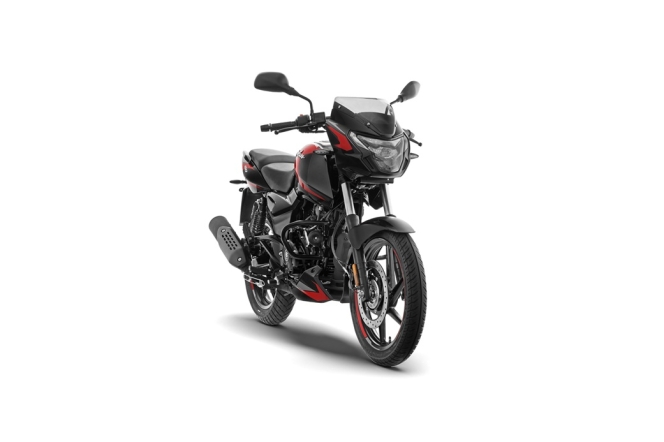
Bajaj Auto, one of the leading two-wheeler and three-wheeler manufacturers, has updated its popular Pulsar 150 motorcycle range. The updates include the introduction of LED headlamps and LED blinkers to the model, which the company states is intended to improve visibility and usability while maintaining the vehicle's design identity.
The updated range is available at the following ex-showroom Delhi prices – Pulsar 150 SD at INR 108,772, Pulsar 150 SD UG at INR 111,669 and Pulsar 150 TD UG at INR 115,481.
The motorcycle retains its frame and stance, though Bajaj has introduced new colour options and graphics. The Pulsar 150 continues to utilise DTS-i (Digital Twin Spark-ignition) technology, which uses two spark plugs to ignite the air-fuel mixture in the combustion chamber, intended to improve combustion efficiency and power output.
The update focuses on integrating modern lighting components into the existing platform, which originally established the sports motorcycling segment in India.
Sarang Kanade, President, Motorcycle Business Unit, Bajaj Auto, said, “The Pulsar 150 has defined performance motorcycling for generations. With this update, we have preserved its classic character while thoughtfully adding modern LED lighting, ensuring the Pulsar 150 remains relevant, recognisable and Definitely Daring.”
Suzuki Motorcycle India Conducts Access Mileage Contest In Palwal
- By MT Bureau
- December 24, 2025
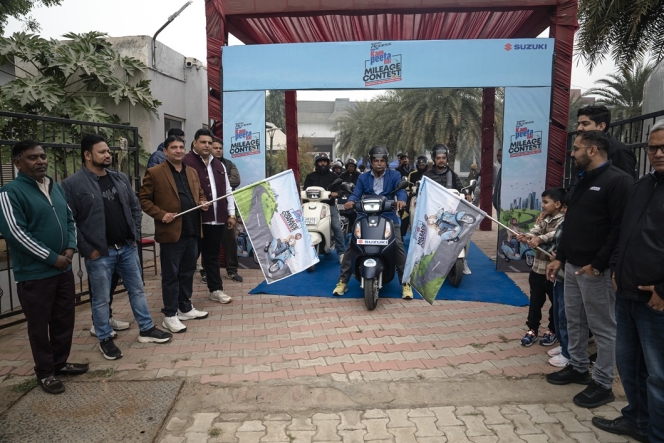
Suzuki Motorcycle India (SMIPL), the subsidiary of Suzuki Motor Corporation, Japan, held a mileage contest for the Suzuki Access scooter in Palwal. The event involved 35 participants, including current owners and prospective buyers, to test the fuel efficiency of the scooter under city driving conditions.
The initiative is part of the brand’s ‘Pickup Bhi, Mileage Bhi’ strategy, which focuses on balancing engine performance with fuel economy and build quality.
The event was organised in partnership with RV Suzuki in Palwal. The participants, all of whom had purchased their scooters within the last year, followed a specific testing protocol: a designated 20-kilometre circuit on city roads, scooters were operated on a full tank, then refilled at the end of the journey to calculate the exact fuel consumed. Potential customers were provided with test rides and the opportunity to interview existing owners regarding reliability and comfort.
Deepak Mutreja, Vice-President, Sales & Marketing, Suzuki Motorcycle India, said, “The Suzuki Access Mileage Contest places a strong focus on fuel efficiency, bringing our brand promise of ‘Pickup Bhi, Mileage Bhi, Shandar Quality Ke Sath’ to life. By riding on city roads, participants experience the scooter’s real-world mileage. Along with mileage, customers also get to experience the quality and reliability that have made the Access a trusted choice of over 6 million customers. We appreciate the participation from customers in Palwal. We will continue to extend such on-ground initiatives to more cities across India, allowing customers to connect closely with out two-wheelers and witness their performance firsthand.”
The company intends to expand these on-ground initiatives to additional cities across India to demonstrate the performance of its two-wheeler portfolio in local environments.
Ola Electric Launches Hyperservice Centres With Same-Day Service Guarantee
- By MT Bureau
- December 23, 2025
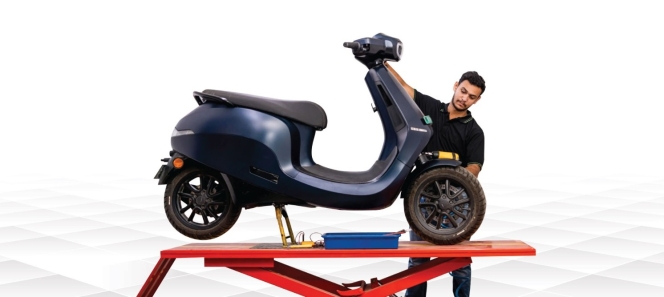
Bengaluru-based electric vehicle maker Ola Electric has expanded its Hyperservice initiative by launching dedicated centres that offer a same-day service guarantee for eligible customers at no extra cost. The company will upgrade its existing service infrastructure into Hyperservice Centres, beginning with a facility in Indiranagar, Bengaluru.
The expansion is intended to reduce service lead times and increase transparency through a digital workflow.
The Hyperservice Centres include several facilities for customers and technical upgrades for vehicle maintenance. The waiting area includes a lounge and Wi-Fi connectivity for customers. Real-time visibility of the servicing stages is provided via the Ola Electric app. Going forward, the company plans to upgrade selected centres across India in the coming weeks.
Ola Electric has also transitioned Hyperservice into an open platform. This move makes the company’s spare parts, diagnostic tools, and training modules available to independent garages, mechanics, and fleet operators.
Under this model, parts can be purchased directly through the Ola Electric app or website. This is intended to allow garages and customers to access components without the use of intermediaries.
“As part of the ongoing service upgrade we are reimagining many of the fundamental aspects of the service experience. We see it as a core part of Ola ownership, and it needs the same level of innovation as the product itself. With Hyperservice Centres, we are setting a new benchmark – same-day service guarantee. At no extra cost for any customer. This is about using technology, process redesign and scale to remove friction and give every Ola customer a faster, simpler and more transparent service experience,” said the company in a statement.
The company has rolled out an in-app service appointment feature nationwide. The tool allows users to select service slots, track the status of their vehicle, and manage maintenance requirements within the unified platform to replace traditional booking methods.
Hajime Aota Appointed Chairman Of Yamaha Motor India Group
- By MT Bureau
- December 23, 2025
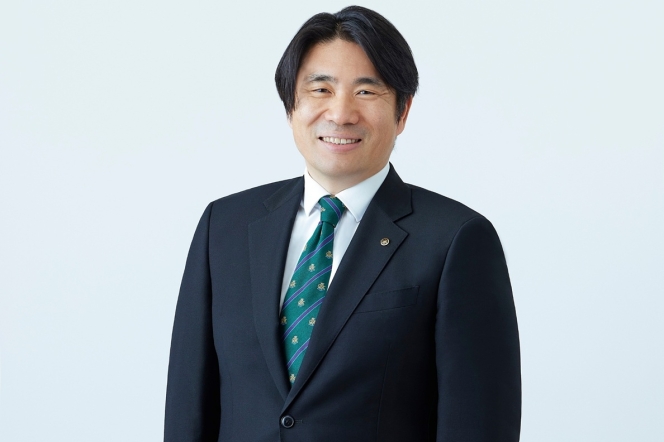
India Yamaha Motor, one of the leading two-wheeler manufacturers in the country, has announced the appointment of Hajime Aota as the Chairman of Yamaha Motor India Group, effective from 1 January 2026. He is set to succeed Itaru Otani, who held the position since November 2024.
The appointment comes as Yamaha continues its focus on the premium segment and digital integration within the Indian two-wheeler market.
Aota joins the Indian operations with experience in corporate strategy, planning and venture business development. He has held leadership roles in Japan, the United States and the United Kingdom.
Prior to this role, Aota served as Executive Officer at Yamaha Motor Co, and Chief General Manager of the Corporate Strategy Centre at the global headquarters in Japan. In these positions, he managed corporate strategy, sustainability and digital transformation.
He has also worked as Chairperson of Yamaha Motor Ventures & Laboratory Silicon Valley (YMVSV) overseeing investments in robotics, transportation, fintech and health technologies. He has also contributed towards Yamaha Motor Group’s long-term growth strategy.
Aota is a graduate of Keio University and holds a qualification from the Program for Leadership Development at Harvard Business School.
Hajime Aota, said, “I am very excited to begin my journey in India, one of the world’s most dynamic and diverse two-wheeler markets. The rapidly evolving aspirations of Indian consumers, especially the youth, align strongly with Yamaha’s focus on premium products, innovation, and a customer-centric approach. Leading Yamaha in India is a significant responsibility, and my focus is on strengthening the brand by delivering products that seamlessly combine Yamaha’s global engineering excellence with the evolving needs of Indian riders. I look forward to working closely with our teams and partners to drive sustainable growth and reinforce Yamaha’s presence in this important market.”


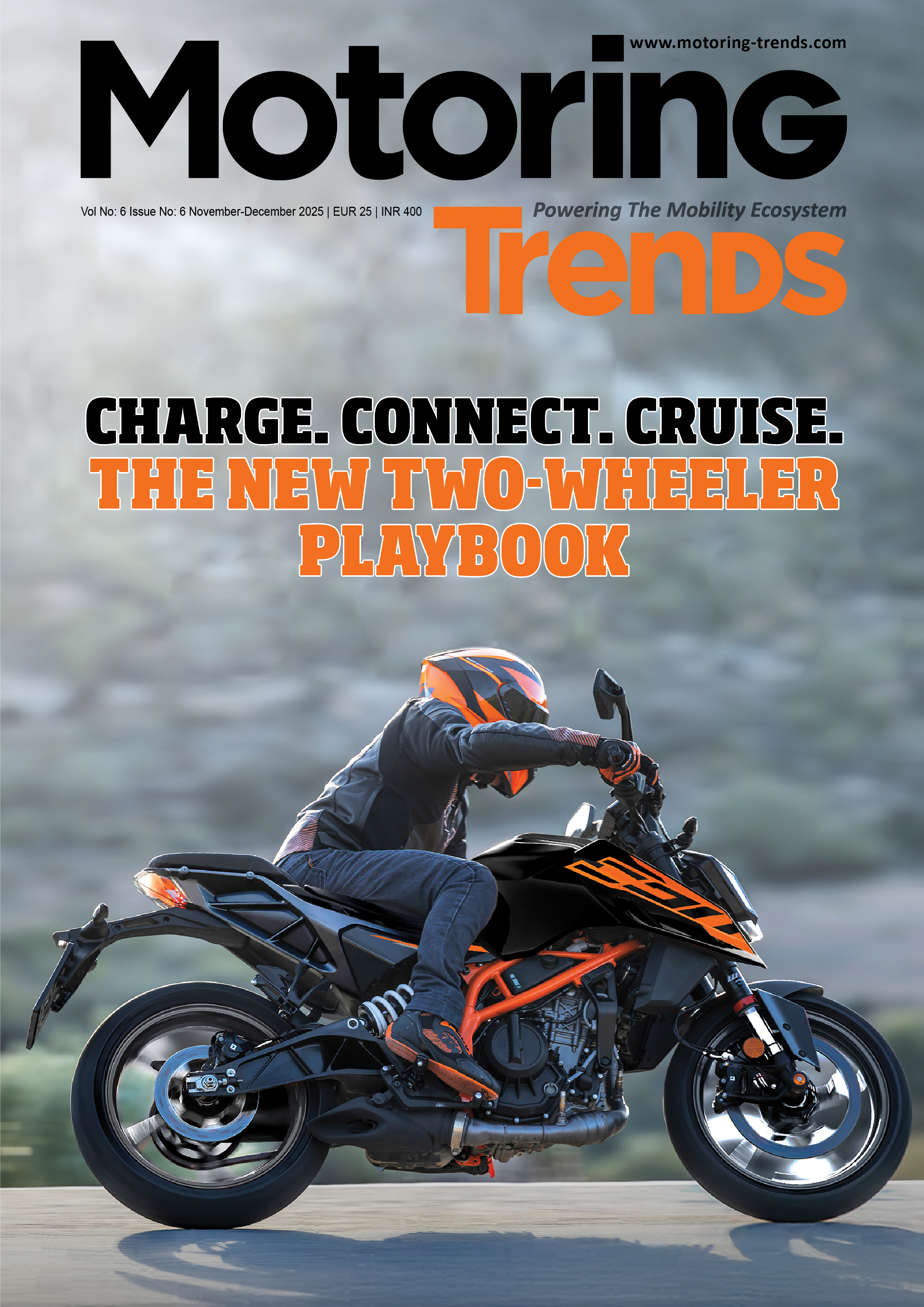
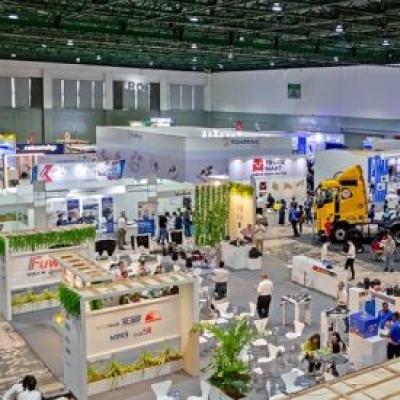


Comments (0)
ADD COMMENT